Wound healing will depend on three things: nutrition of the patient, blood supply, and immune status of the patient.
About 40% of orthopaedic patients are malnourished and, in general, about 60% of elderly patients are malnourished. Fracture of the femur or hip may increase the metabolic demand of the patient by up to 25% (Figure 1).
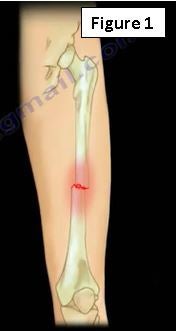
When evaluating the body for wound healing, we look at certain parameters. For example, albumin should be more than 3.5 because it indicates good nutritional status of the patient (Figure 2).
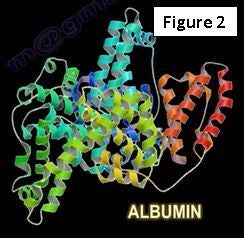
The total lymphocyte count should be more than 1500, as this indicates the immune response of the patient (Figure 3).
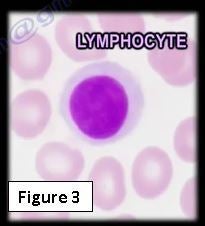
Hemoglobin should be more than 10, this indicates the oxygenation of the tissues (Figure 4).
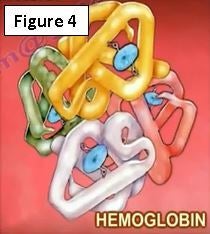
The transferrin level should be more than 200. These levels indicate the condition of iron and hemoglobin and assists with the oxygenation of the tissues (Figure 5). These are the lab values that you will probably get in a patient that has suspected malnutrition. Up to 50% of patients with low values will have poor would healing or infection. Elective surgery should be delayed or rescheduled until these values are improved by nutritional support.
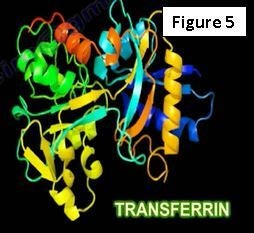
What can alert the physician about the nutritional status of the patient? What are the red flags that may indicate that the patient may be malnourished? Ask the patient about weight loss if you have more than 5% of weight loss over the course of one month or more than 10% over the course of six months, then this is a problem that can indicate that the nutritional status of the patient may not be good (Figure 6).
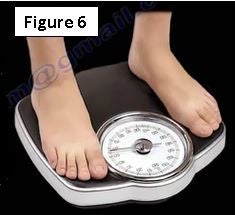
What are other things that can measure the patient’s nutritional status?
Arm muscle circumference can be measured. If it is less than 60%, then this signals severe malnutrition. Between 60%-90%, this signals moderate malnutrition (Figure 7).
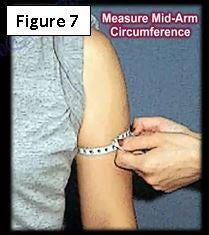
Triceps skinfold (thicker the better): 30 mm, 5% infection. 20 mm, 10% infection (Figure 8).
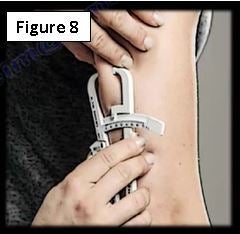
Blood Supply: transcutaneous oxygen tension should be more than 30 mmHg. In an ideal situation it should be about 45 mmHg. The toe pressure should be more than 40 mmHg. So approximately 40 mmHg for both the transcutaneous oxygen tension and the toe pressure will get you close to the answer of the question! If the toe pressure is less than 20 mmHg, then the wound will not heal. The ankle-brachial index (ABI) pressure should be more than 0.45.
For more information, visit my YouTube Channel:
